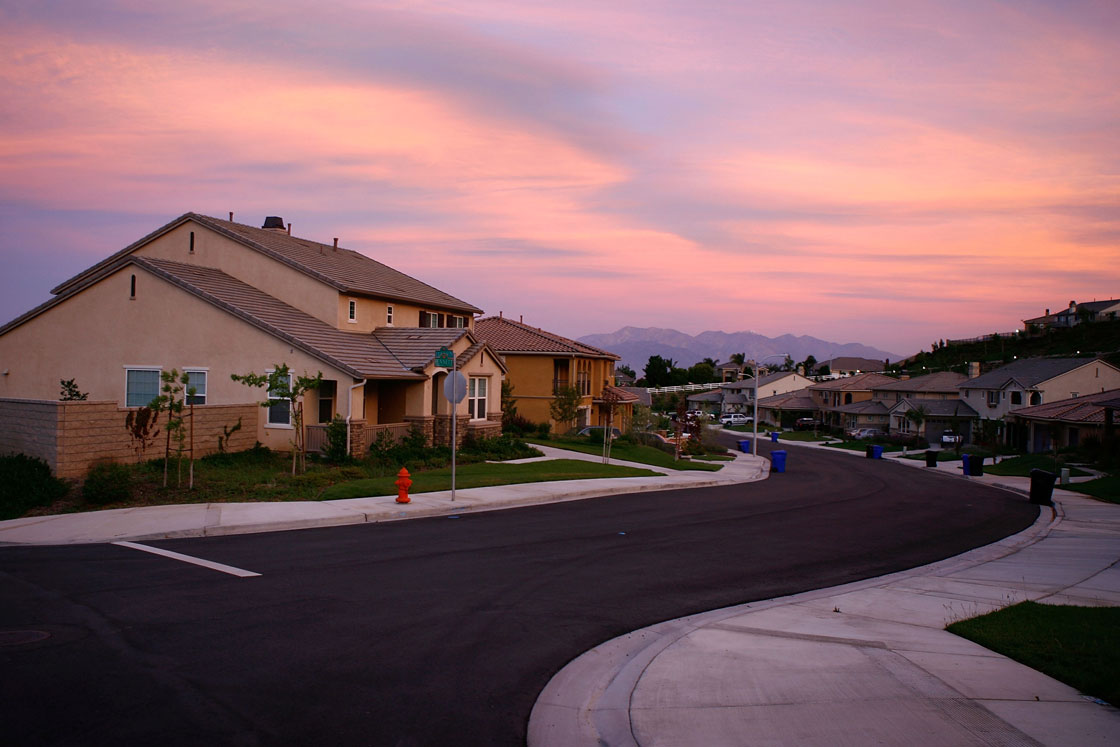Are your home’s carrying costs uncomfortably high?

A new report from Royal Bank of Canada released Thursday can perhaps provide an indication while also giving an update on where affordability in your real-estate market stands.
According to the country’s largest bank and major mortgage lender, homeowners of a typical detached bungalow – RBC’s benchmark home type – are spending 42.5 per cent of their household incomes on their mortgage carrying costs on average (principle, interest, utilities and property tax).
The figure is the national median, and ticked three tenths of a percentage point higher in the first quarter bringing the reading to its highest point since the recession ended. It’s also trending toward RBC’s ‘danger zone’ threshold of 44.5 per cent, which based on previous housing downturns was the point that when passed, prices began to slide by 5 per cent or more peak to trough.
Still, Robert Hogue, a senior economist at RBC said the uptick was within the “status quo” of what the bank’s seen since 2010.

Get weekly money news
“In the latest quarter it’s been up. I’m not getting overly excited about that number because in the previous two quarters the measure went down slightly,” he said.
Though similarly elevated, readings for two-story homes and condos were unchanged through the first three months of the year – 48 per cent and 28.1 per cent, respectively.
Those readings can’t be compared to the threshold used for detached bungalows, Hogue said, but the (slim?) gulf separating the two readings from their own ‘danger zone’ thresholds is about the same (meaning if the readings moved two full percentage points higher, they would be in RBC’s symbolically uncomfortable territory).
“This is simply what we observed in previous cycles. When it moves above that point we’ve seen declines nationally of greater than five per cent peak to trough,” Hogue said.
Yet RBC, like other big banks and lenders, sees a stabilizing housing sector nationally. Following sharp sales declines in recent quarters in the wake of Ottawa’s latest move to tighten lending standards last year, month to month resales figures are trending positive, Hogue said.
“At some point, they’re going to start showing some small increases,” he said, but added the caveat: “It doesn’t mean things are necessarily picking up.” RBC said it expects market activity to be “subdued” for the balance of the year.
On top of the new measures, government officials and regulators have warned banks and other lenders to further rein in riskier lending to consumers and households – many of which have gone on borrowing sprees in the current low-interest environment.
The report breaks down affordability by cities, as well. Not surprisingly, Vancouver remains the least affordable to buy a home in by far. “To a lesser extent, Toronto and Montreal are other city markets showing signs that homeownership is a bit of stretch for a typical household budget.”
Other markets RBC tracks, like Ottawa and Calgary, “stand within historically safe ranges,” the bank said.
The report says typical household incomes are determined by using the median average weekly earnings by province and urban centre.
RBC says lenders as a rule advise that no more than 32 per cent of a borrower’s gross annual income should go to ‘mortgage expenses’ – principle, interest, property taxes and heating costs (plus maintenance fees for condos).






Comments